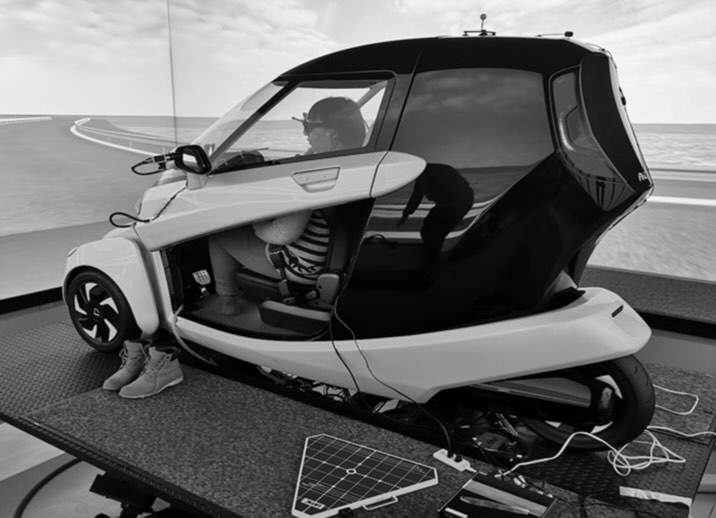 Getty Images for Unsplash+
Getty Images for Unsplash+A research team at Nagoya University School of Medicine in Japan has discovered that “a unique sound stimulation technology” can reduce motion sickness and may become a simple and effective way to treat this common disorder.
Even a single minute using a device that stimulates the inner ear with a specific wavelength of sound was able to reduce the discomfort felt by test subjects who were asked to do tasks like reading in a moving vehicle.
Takumi Kagawa co-led the study that was published in Environmental Health and Preventive Medicine, which demonstrated the effects of their so-called ‘sound spice’.
“It alleviates symptoms of motion sickness, such as nausea and dizziness,” he said. “The effective sound level falls within the range of everyday environmental noise exposure, suggesting that the sound technology is both effective and safe.”
The discovery is an expansion of recent findings about sound and its effect on the inner ear. Increasing evidence has suggested that stimulating the part of the inner ear associated with balance can potentially improve any spatial imbalance.
Using a mouse model and humans, the researchers identified a unique sound at 100 Hz as being the optimal frequency.
“Vibrations at the unique sound stimulate the otolithic organs in the inner ear, which detect linear acceleration and gravity,” explained co-leader of the study Masashi Kato in a press release. “This suggests that a unique sound stimulation can broadly activate the vestibular system, which is responsible for maintaining balance and spatial orientation.”
To test the effectiveness, the researchers recruited voluntary participants and provided the sound stimulation. Motion sickness was induced by a swing, a driving simulator, or riding in a car.
RELATED: Doctor Who Discovered Natural Way to Treat Vertigo for Free Writes Book On How Sufferers Can Thrive
 By Takumi Kagawa and Masashi Kato at Nagoya University, CC license
By Takumi Kagawa and Masashi Kato at Nagoya University, CC licenseThe researchers then used postural control, ECG readings, and Motion Sickness Assessment Questionnaire results to assess the effectiveness of the stimulation.
Exposure to the 100 Hz sound before being exposed to the driving simulator enhanced sympathetic nerve activation. The researchers found symptoms such as “lightheadedness” and “nausea,” which are often seen with motion sickness, were alleviated.
“These results suggest that activation of sympathetic nerves, which are often disregulated in motion sickness, was objectively improved by the unique sound exposure,” Kato said.
ANOTHER SOLUTION: Woman Makes Drug-free Patches That Treat Nausea, Cramps, Vertigo, Hangovers – And Even Car Sick Pets
Their results suggest a safe and effective way to improve motion sickness, potentially offering help to millions of sufferers. The researchers plan to further develop the technology with the aim of practical application for a variety of travel situations including air and sea travel.
SHARE THE GOOD NEWS On Social Media For Friends With Motion Sickness…
Source link

